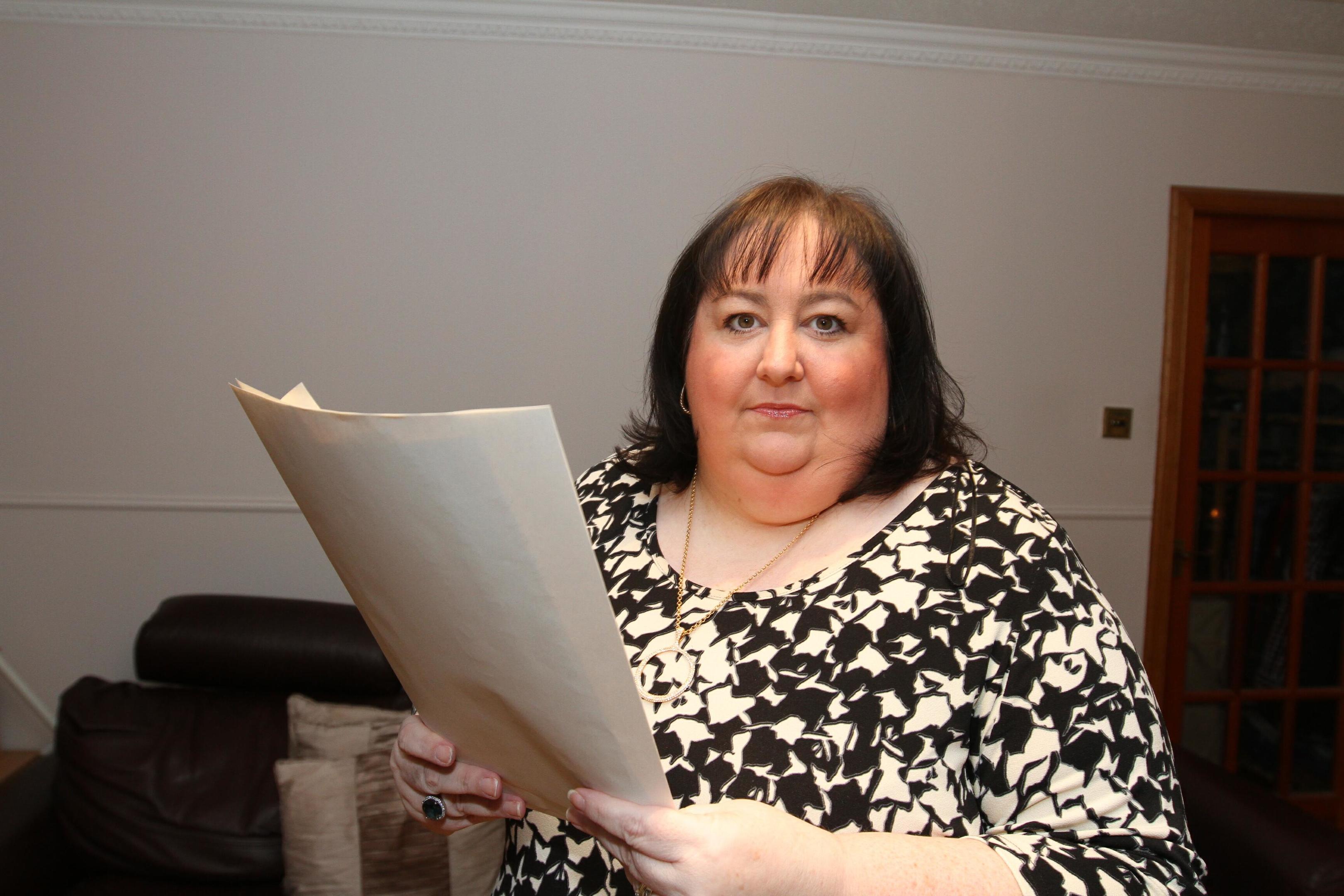A Tayside mum has hit out at the Scottish government’s response to her petition to end physical restraint and seclusion of disabled children in schools.
Beth Morrison, whose son Calum was injured after an incident at Kingspark School in Dundee, has been campaigning for national guidelines on restraint and seclusion for several years.
The Scottish government committed to implementing Beth’s proposals after her petition was heard at Holyrood — but “without the right people with the right expertise involved”, according to the mum.
She said: “The Scottish Government have said they will replace the word ‘seclusion’ with ‘supported separation’. I have a fundamental objection to this.
“We need the Scottish Government to make it clear that they are going to comply with the UNCRC (UN Convention on the Rights of the Child) recommendations and abolish isolation rooms completely, not that they are going to allow schools to keep such rooms and call them something different.
“It is our contention, that this issue shows the problems of seeking advice from people with the wrong expertise.
“Guidance has been sought from COSLA, the Association of Directors Of Education in Scotland, and the EIS for example.
“Whilst I recognise fully their right to be consulted, I cannot accept that anyone from these organisations will have been able to provide a practical solution. So they will plead for the continued use of these rooms.”
Beth has argued that people with expertise in disability should have been consulted, rather than only those specialising in education alone.
Her petition is due to be heard in Holyrood again on January 19.
A Scottish Government spokeswoman said: “The use of restraint in schools should absolutely be a last resort and the Scottish Government and Education Scotland are supporting schools to implement positive relationship approaches in their establishments.
“The Scottish Government has committed to incorporating guidance on restraint and seclusion in the context of positive relationships and behaviour for all schools through an updated ‘Included, Engaged and Involved Part 2: a positive approach to preventing and managing school exclusions’.
“This will be published in the coming months and will be developed within a clear context of children’s rights and equalities.
“Education authorities should develop their own policy on de-escalation, physical intervention and restraint based on their own individual needs and context.
“This should clearly articulate the expectations of staff under the duty of care.”
Beth’s requests to the petitions committee:
- Ask the Equality and Human Rights Committee at Holyrood for their views on the UNCRC recommendations and how we can get the Scottish Government to implement them. Also, do they see merit in calling for a National Inquiry as to how children with disabilities are cared for and treated in Scotland’s Schools?
- I should be pleased if the committee would allow me to come before them once more with my team of bespoke experts to update them and answer questions at one of the next petitions committee hearings.
- Should we be looking at legislation rather than “guidance” given that it is so difficult to bring criminal charges against staff who deliberately use restraint and seclusion as a kind of corporal punishment for children with disabilities?
- I repeat my earlier suggestion that we have an advisory group made up of experts in learning disability, physical intervention and children’s rights so that any guidelines that are written by The Scottish Government are written by the right people.
- Ask the Scottish Government for clarification on abolishing isolation rooms and also how it intends to address the UNCRC’s recommendations for a NATIONAL recording and monitoring system.










